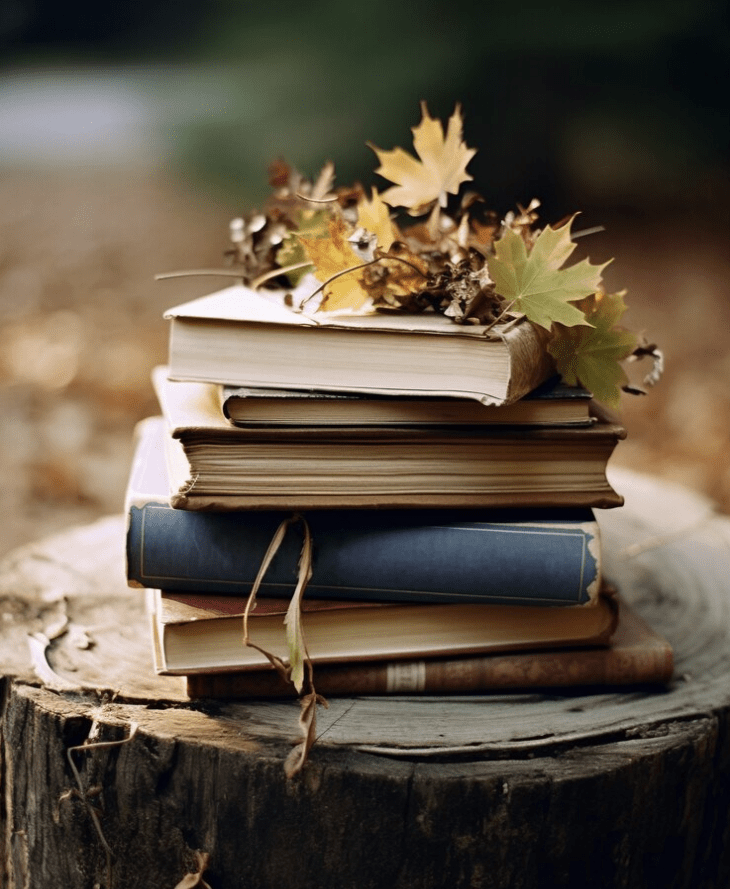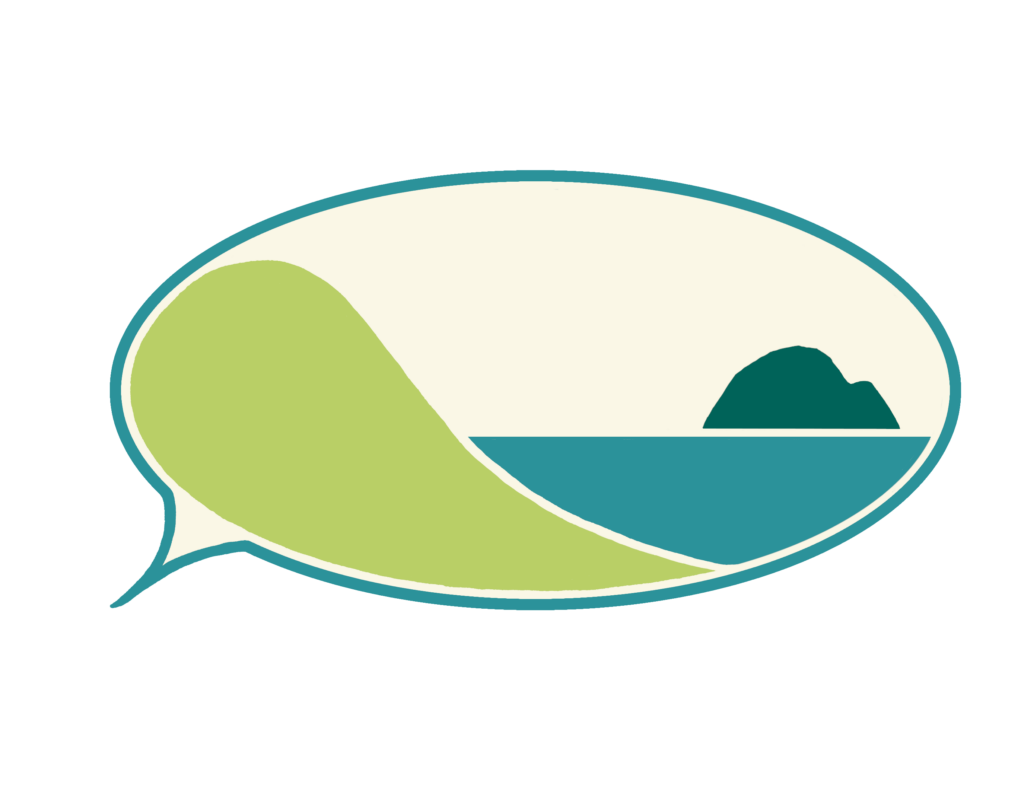Method
The team leading the project will consist of a chief editor, a chief scientist and a co-ordinator. The chief editor is responsible for the overall content production of the book, maintaining consistency throughout the chapters. The chief editor will also, together with the chief scientist select the ecosystems and themes that will be illustrated and discussed in each chapter and bring a team of subject specialists together for each chapter. The co-ordinator will organise and co-ordinate workshops, courses and exhibitions. The leading team will be assisted by a PR-manager who will organize press coverage and social media presence, a content ggenerator for social media and an accountant who will administrate the funds.
Early chapters of the book will focus on a specific ecosystem and highlight ecological characteristics. Later chapters of the book will focus on stories from within the ecosystems. At the moment the book is set to be of letter size portrait and with 256 pages related to the biodiversity and additional pages for references, further reading, foreword etc. Each chapter will be a collaborative project of about 20 pages.

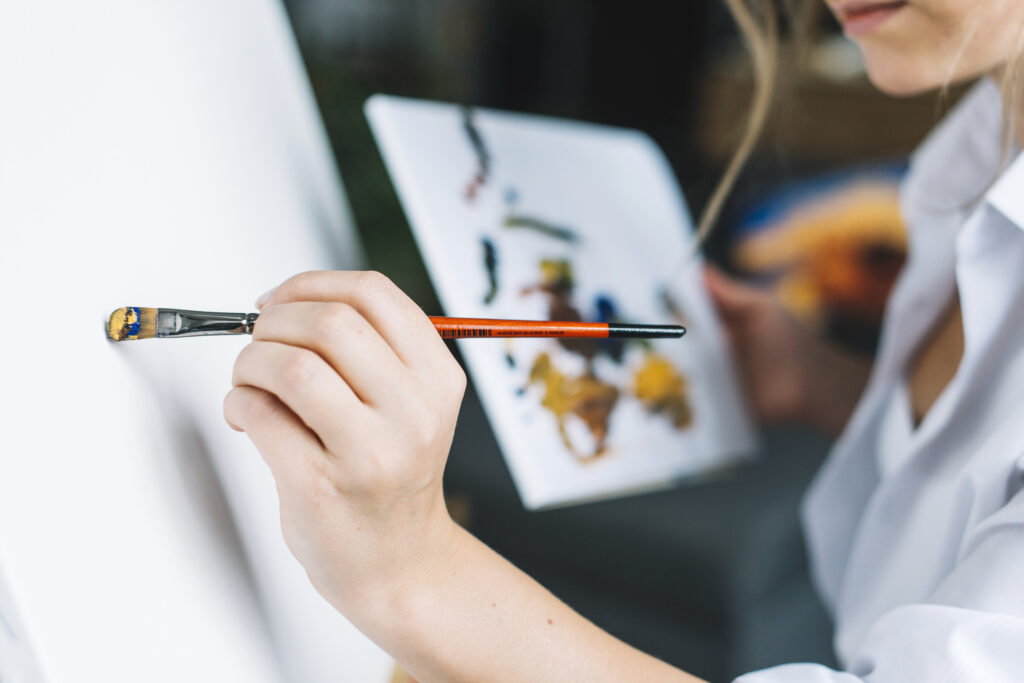
A team of a subject editor, scientific illustrator, scientist and science writer will take the lead in realising each chapter. These team members will, as much as possible, reside in the area. Prior to arrival, the team does research and the work on the chapter will be started off with a talk of a scientist introducing the subject. This talk will be on-line and can be rewatched on the website. A link will be posted alongside the prompts for the on line activities.
During the residency in the Mariato and Gulfo de Montijo area as ´artist and scientist in residence´, The team will produce a number of scientific illustrations and highlighting stories with descriptions of organisms, ecological principles and relations between organisms. These works will form the core of each chapter. Artists are free to choose their materials, should produce realistic work, but do not need to adhere to the strict rules of illustrations for scientific publications.
Collaborative work between the resident team and Panamanian partners and on-line partnerships with accomplished artists people from national and international institutions will provide secondary input.
The team shall also lead workshops and give courses to interested residents, students and visitors. Materials for the workshops, such as paper, pencils, paint and brushes, will be provided. Visitors (tourists) will have to pay a contribution towards materials and attention. Works created by participants during these activities will be shown at a local exposition and a selection of the best works will be shown nationally. Exceptionally interesting or good works from the local activities will be included in the book if the artists consents. This would be agreed upon by a contract and the artist will receive payment along the same criteria as other contributors.
To create more attention for the whole project and also to obtain interest from international artists and scientific illustrators, there will be an online component.
On social media, prompt lists will be launched via Instagram, facebook and the webpage to promote the international participation in the project. These works will automatically be shown on the Instagram and other social media of the project. To stimulate further participation online, the chapter team shall introduce the topics in a blog post or video. The resident team will also collaborate with counterparts abroad through e-mail, social media, conference calls etc. Videos showing progress on art work to illustrate work flows, and techniques will be uploaded to the website and short versions will be posted on instagram.
Exceptionally interesting or good works from both the local activities and the international online social media participation may be included in the book if the artists consent. This would be agreed upon by a contract.

Organization and logistics
Most of the invited people will stay in Hotel Heliconia, located in a reforested botanical garden in Palmilla, Mariato, and the Hotel will serve as the central hub for the project. The owners of the hotel are the initiators of this project. Additional accommodation, from budget to mid-range is available throughout the district of Mariato. Transport to visit ecosystems will be arranged through local providers (horseback, small boats, cars). These will usually be one day excursions, that can be repeated, but in some cases, such as the cloud forest in Cerro Hoya, a camping trip will be organised. Photographs and video will be made available to artists where possible. The programme will, of course be synchronized with biological cycles.
The citizen´s science project iNaturalist already has a good overview of the more common and easy photographable species existing in the region. The collaboration with local people should enhance the observations in the various iNaturalist projects so that international artists and students can access references online. The prompt list that is international can also be used to boost the iNaturalist back up.
Exhibitions will be organised in Mariato District, Santiago and Panama City. If there is enough interest and support, additional exhibitions will be organised in David, Chitres, Colon, Chorrera and other towns. A virtual exhibition will be available on the website throughout the duration of the project.
These may also include some exceptional photographs taken by local people for the iNaturalist web, but the book is unlikely to use photographs.
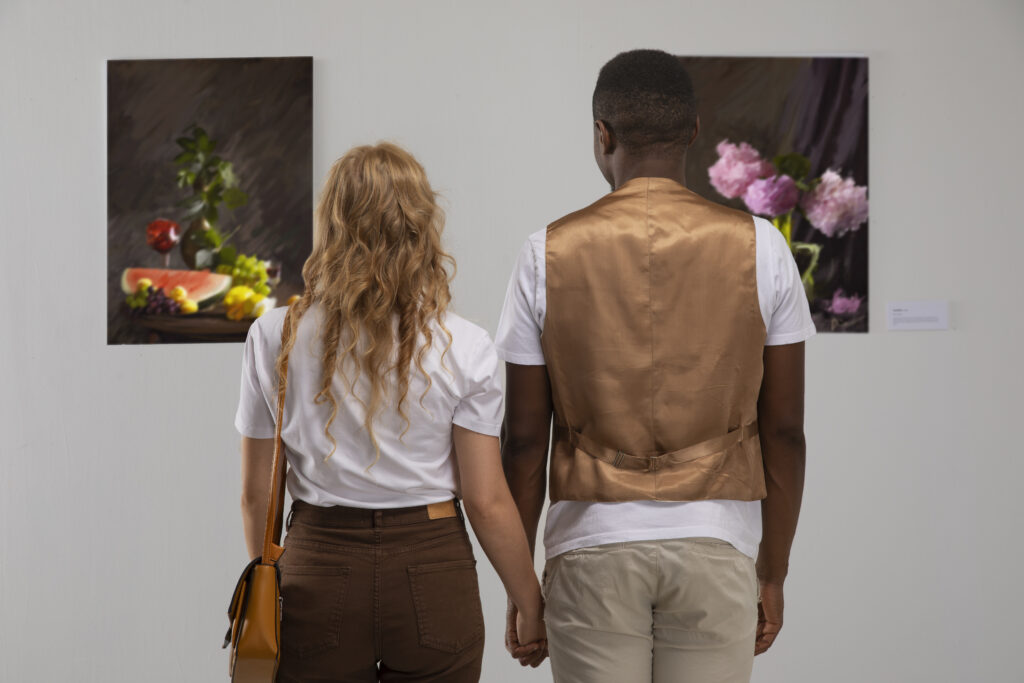
Copyright
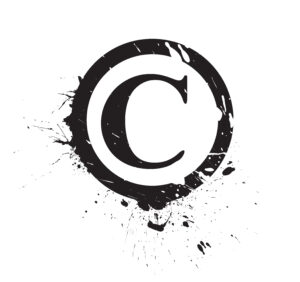
The copyright of all work produced will reside with the author of the work. Resident artists and writers must consent to the use of their work in the book, printed posters and on infographics/signs erected near trails and will be renumerated for this use of their work.
Other participants will be requested to consent to exhibition of their work. Should their work be considered eligible for publication in the book, on infographics or other products, the editors will ask for their consent and will enter into a written agreement with the artist that stipulates use and, where relevant, payment. Each artist whose work is published in the book, will receive one free digital copy of the book and/or reduction in price for the physical copy of the book. The digital copy would be made available through Google books or similar so that it shall not undermine the sales of the book.
The
coordinator and editors may decide to use work produced during this project to
publish calenders, postcards, educational material for schools and/or produce
promotional material for NGOs, scientific institutions and others, as well as
for fundraising for projects to protect biodiversity, promote art or for NGOs
and other non-profits that implement such projects. Works will only be used if
the author gives permission and both parties agree on the conditions for each
specific use. If third parties approach the project coordinators for use of
artwork resulting from this project directly for their own purposes, the
coordinators will facilitate contacts between the two parties, but will not be
party to this tertiary agreement, nor bear any responsibility towards either of
the parties.
